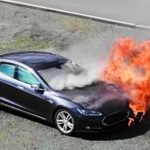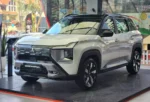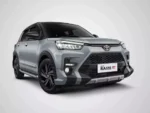A German man named Hansjörg von Gemmingen-Hornberg has driven a Tesla Model S nearly 2 million km, going to various places around the world, and conquering even the most difficult terrains like the Sahara Desert in Africa.
To achieve this number, the Tesla Model S had to replace 13 engines and 4 sets of batteries. Sharing his experience with the durable car, Hansjörg said he never drove over 100 km/h, even though he lived in a country known for having no speed limits on some roads, and often charged the battery between 15-70%.
This conscious driving has helped the current battery on Hansjörg’s Tesla Model S only degrade by 8% after 150,000 km, allowing it to travel about 400 km on a full charge. Before it was replaced, the previous battery could only provide enough energy for the car to run 260 km.
In some instances, the engine only lasted for 50,000 km or 70,000 km, but there was also an engine that lasted up to 780,000 km. However, since engine issues were often detected early and replaced free of charge, Hansjörg has not experienced any inconvenience. He mentioned that Tesla only replaced the engine without specifying the problem. All 3 battery replacements were done by Tesla for free, but not all of them were new replacements. In some cases, Tesla would reuse repaired old batteries and engines to replace the faulty parts.
Hansjörg bought the Tesla Model S from someone else in 2014 with an odometer of only about 30,000 km. Throughout the 9 years of ownership, this German man has taken the electric sedan on trips to various places around the world, including Morocco, China, and even the Sahara Desert in Africa.
The Model S is not the only Tesla car owned by Gemmingen-Hornberg. He also has a first-generation Tesla Roadster, but it has traveled less. To date, this car has only covered 735,000 km.
Although it has undergone multiple replacements, achieving over 1.9 million km is an admirable milestone for an early generation electric car. Hansjörg stated that even though the car had its engine and battery replaced, all of it was done free of charge by Tesla. While he now has to pay for battery replacements, he has no intention of going back to gasoline-powered cars.
Thái Sơn (Tuoitrethudo)
Reference: Carscoops

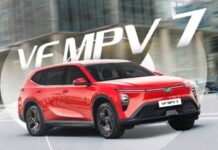
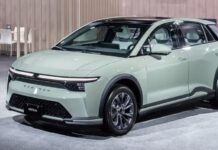
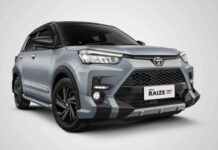
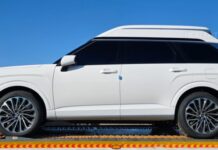
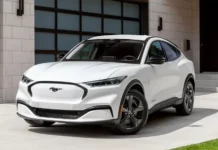
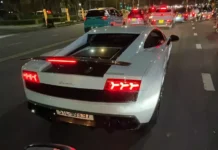
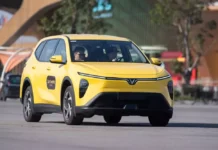
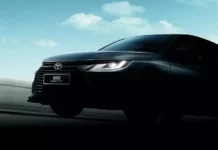















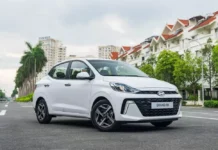
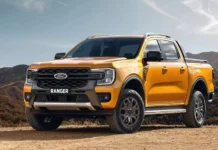
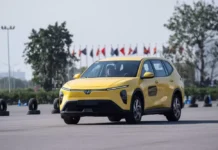
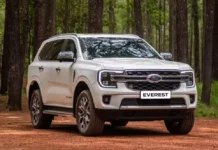
.jpg)
.jpg)
.jpg)
![[CAR REVIEW] The Newly Launched BMW iX3 in Vietnam: Compact, Practical, and Expensive](https://vnauto.net/wp-content/uploads/2023/10/xehay-bmwix3-01082023-9-150x150.jpg)
![[QUICK REVIEW] VinFast VF5: Extremely Affordable, Spacious, and Well-Equipped](https://vnauto.net/wp-content/uploads/2023/10/Xehay_VF5plus_21042318-150x150.jpg)
![[CAR REVIEW] User Reviews of VinFast VF 9: Stylish, Luxurious, Smooth Ride, and Perfect for Families](https://vnauto.net/wp-content/uploads/2023/10/xehay-vinfastvf9-09092023-12-150x150.jpg)
![[CAR REVIEW] Wuling Mini EV: Affordable, Compact, Convenient, but…](https://vnauto.net/wp-content/uploads/2023/10/xehay-wulingev-16062023-8-150x150.jpg)
